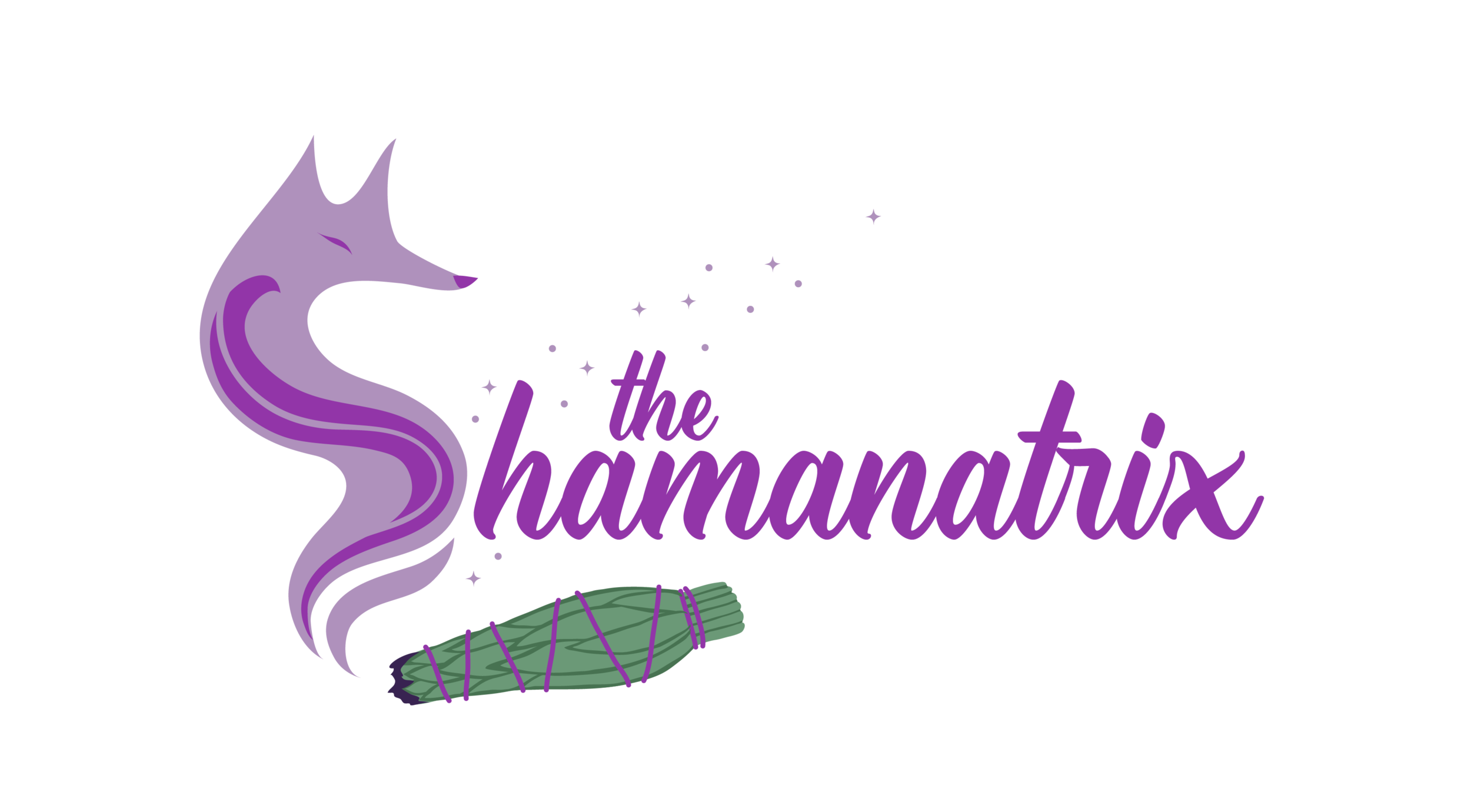Shamanism and Addiction Research
I've always had a really sweet soft spot for working with addicts of all sorts. I spent a year working at Bellevue Hospital with the MICA (Mentally Ill Chemically Dependent) outpatient unit and then another year working with sex addicts to move through their trauma using creative expressive therapies. Working through a shamanic lens I've learned a lot about how addictions form. When we go through traumatic experiences we often lose or disconnect from vibrant parts of our own spirit as a way to protect ourselves from feeling hurt in the moment. The problem is that when we lose these parts of ourselves we can feel the void in our hearts and filling that void with anything else in that moment can make us feel better than going any deeper into that void of pain. Unfortunately the things that we try to fill that void with- whether it be relationships, food, shopping, or substances- we can't fill that space just right unless we go back for the part of our soul that left. Substances and stimuli fade away rather quickly, often times bringing additional pain to our hearts, but our soul can fill in that space and heal the old wound if brought back to fill in that space. Sometimes other energies will fill in that spot that are not as vibrant as our own spirit, like sorrow, guilt, shame, depression. With the help of shamanic practice- like soul retreival and extraction- we can clear out the junk that has found it's way into that void and bring back our vibrant being once again.
I'm in deep apreciation and awe of the work of Michael Winkelman, researcher and shamanic substance abuse counselor, for the leaps in exploration that he's done with addiction and shamanism. Winkelman has done a series of studies looking into the neuroscience and brain activity related to shamanic journeying to find that journeying enhances attention, learning, self awareness, helps to mediate one's sense of self, and enhances feelings of conviction to take action in ways that are in highest alignment for one's path. Benefits of the shamanic ritual provide psychotheraputic effects from altered states of consciousness (the activation of theta brain activity) which relieve stress, increase levels of serotonin and endogeneous opiod uptake which activate the paleomammilion brain. Integrating shamanism into one's practice activates centers in the brain that have not been in use since our early ancestors were connecting with the spirit realms. Talk about all of this brain space that we haven't been using in a long time!
Michael Winkelman has introduced shamanic drumming circles to substance abuse programs with great success. Winkelman's 2003 study indicated that shamanic states of consciousness (theta brain wave activation) improved confidence, non verbal communication, leadership and empowered participants to remain in sobriety for longer periods than those outside of the drumming circles. In his article, Drumming Out Drugs, he discussed the helpfulness of utilizing soul retrieval and extraction therapies for clients suffering from substance addiction but he did not explore these topics in any in-depth study. Anthropologists like Analouise Williams and Nancy Vuckovic have studied short-term and long-term effects of soul retrieval and extraction therapies with women suffering from Temporomandibular Joint disorder (TMJ or commonly known as lockjaw) to find significant reduction in pain, and increased awareness around the underlying emotional issues perpetuating the disorder. Participants in Vuckovic's (2007) study experienced spiritual healing that had positive effects on their physical state. Many women left the study no longer exhibiting severe symptoms of diagnosable TMJ when measured by a physician. Many of them healed their lockjaw completely!
Inspired by all of this research I notice that our current substance abuse treatments are often missing the spiritual and soul healing aspects of recovery. With the exception of Alcoholics Anonymous, which has a deep spiritual component, no other treatment facilities are looking as deeply into mending the spirit. It's a surprise to me that since AA is reportedly the most effective form of relapse prevention with such a core emphasis on spirituality, that no other substance abuse programming in the U.S. is delving deeper into spiritual healing modalities as treatment and I feel called to be that next bridge to bring shamanism back into addiction treatment.
My journey feels like a new path that is unpaved, unknown. Like an overgrown path through the dense humid jungle with the hope of Utopia on the other side. So I walk through the tangled brush with a machete to help me clear the way and my intuition as my compass. My background in psychotherapy tells me that what people need is to express themselves and share their stories and the blockages and that shamanism is the tool to the other side, the tool to bridge together what is lost and feels hurt or numb, to bring it back home again. To me, the future of psychology is clear. It needs some of the ancient wisdom of the indigenous shamanic teachings to bridge the gap to wholeness and healing. And who better to be that bridge than me?
If my journey to heal addiction through shamanism resonates with you, be sure to keep tuning in! I'll keep the updates rolling and share the path. I'm creating a new road through the jungle and building a bridge to recovery paradise.
